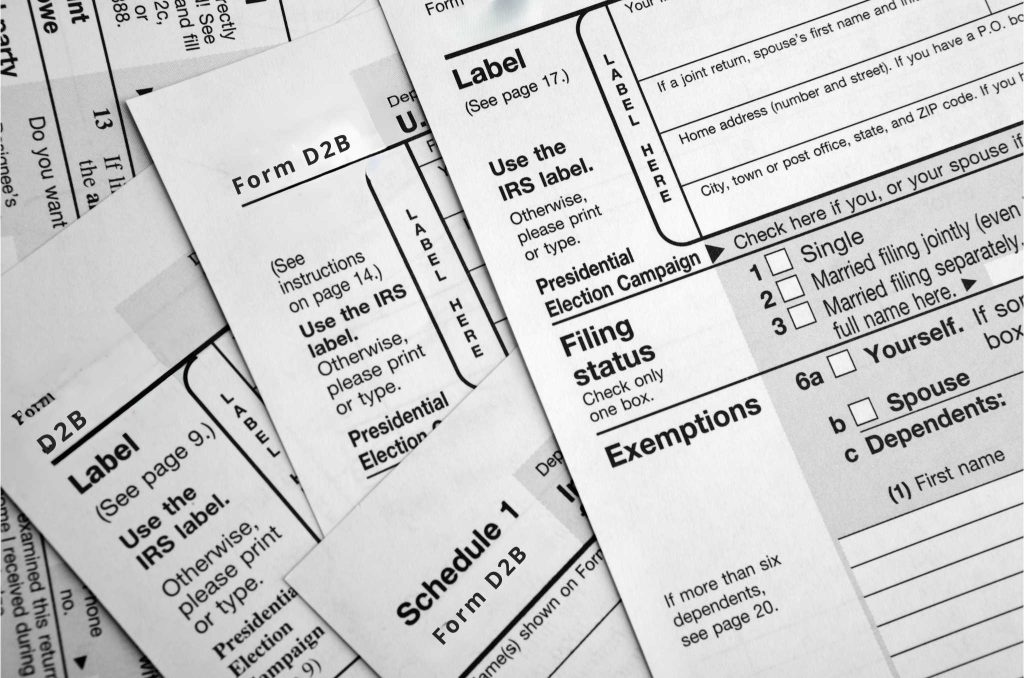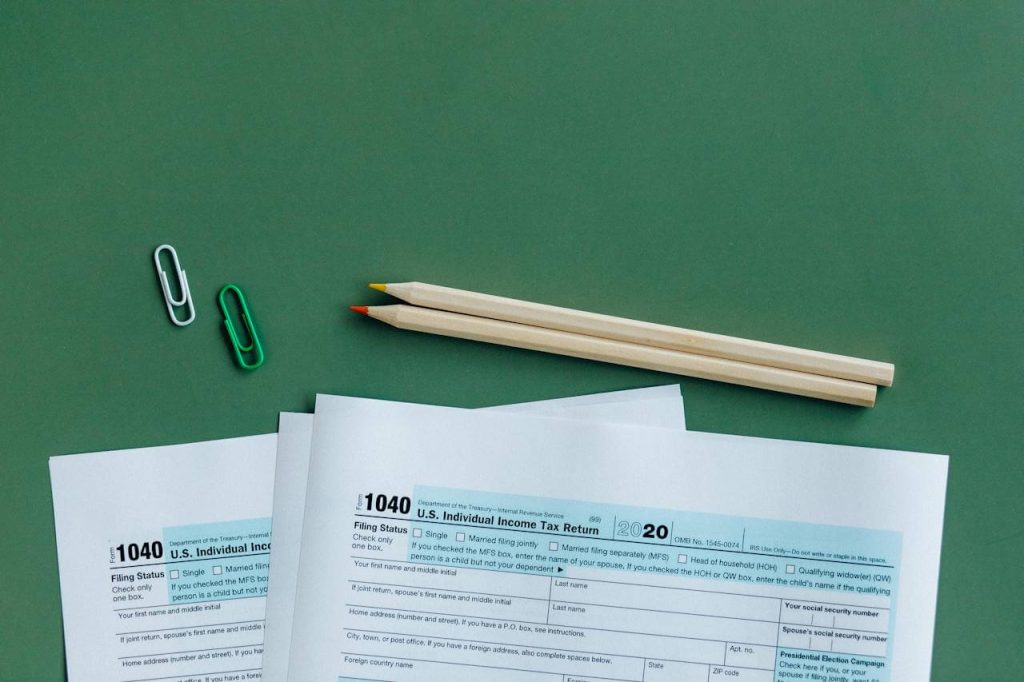In a property market as attractive as Spain’s, more and more foreigners are buying property in our country. However, when the time comes to sell, many are unaware that the D2B Form must be filed, in addition to the usual tax obligations (such as Form 210) with the Foreign Investment Register.
This communication is made, as we have mentioned, before the D2B Form, an official form that allows the Administration to be informed of the foreign divestment of real estate located in Spain.
Since the entry into force of Royal Decree 571/2023, which regulates foreign investments, this procedure has become a formal obligation to ensure transparency and control of foreign capital flows.
What is the D2B Model?
Form D2B is the document used to declare the disinvestment of foreign capital in real estate located in Spain.
In other words, it must be filed when a non-resident or foreign company sells, transfers or reduces its stake in a property located in Spanish territory.
It is part of the set of forms that make up the system of foreign investment declarations managed through the Investment Register.
Its purpose is to control and register foreign capital movements in the Spanish real estate sector.
Who is obliged to file the D2B Form?
Form D2B must be filed by all non-resident individuals or legal entities that carry out a partial or total sale, transfer or divestment of a property in Spain in the following cases:
- When the value of the property exceeds 500,000 euros.
If the sale of the property or the sum of properties exceeds this amount, there is an obligation to declare the disinvestment. - Where the investor is from a non-cooperative jurisdiction (tax haven).
In these cases, the obligation to file the form remains irrespective of the value of the transaction. - When the transaction is between non-residents.
If both buyer and seller are non-residents, the buyer must file Form D2A (foreign investment) and the seller Form D2B (divestment). - In partial transfers.
It is not necessary to sell the entire property: if part of the property is transferred, this must also be declared.
In short, any divestment of foreign origin that exceeds the established thresholds or comes from non-cooperative territories must be recorded using this model.
Deadline and form of submission
The deadline for filing Form D2B is one month from the date of transfer of the property.
The filing must be made electronically, through the system set up by the Foreign Investment Register of the Ministry of Industry, Trade and Tourism.
If the transaction has been carried out before a Spanish notary, the notary may be responsible for sending the declaration to the Investment Register, provided he has all the necessary information and does so within the same period of one month.
Otherwise, the investor himself (or his tax representative in Spain) must be responsible for submitting the form correctly signed and accompanied by supporting documentation.
Necessary documentation
In order to fill in the D2B Form correctly, it will be necessary to provide:
- Property details: location, cadastral reference, surface area and declared value.
- Details of the transferor (non-resident seller): name, country of residence, tax identification number (NIE or equivalent).
- Details of the acquirer (buyer): identification, address and nationality.
- Value and date of the transaction, as well as the method of payment.
- Supporting documentation: public deed of sale, contract or equivalent document.
All information must be accurate and consistent with the actual operation, as the data is integrated into the Investment Register for administrative control.
What do the regulations say?
Form D2B is regulated by Royal Decree 571/2023, of 4 July, on foreign investments, and by Order ECM/57/2024, which establishes the procedure for the presentation of the declaration forms (D1A, D1B, D2A and D2B).
These rules set out the content of the form as well as the deadlines and penalties for non-compliance.
The penalty regime may include financial penalties if the form is not submitted in due time and form, or if false or incomplete information is provided.
What are the consequences of not submitting the D2B model?
Although the D2B Model does not imply a tax payment, its omission can generate significant administrative and fiscal problems.
Among the most frequent consequences are:
- Financial penalties for failure to comply with reporting obligations.
- Lack of regularity of registration, which may hinder future operations in Spain.
- Requests from the administration, which may result in inspections or administrative blockages.
- Difficulties in justifying the source or destination of funds in future investment or reinvestment operations.
It is therefore recommended that this procedure be scrupulously complied with and that the supporting documentation of the transaction be kept.
Example
Let’s imagine that a citizen resident in Paris bought a flat in Madrid in 2018 for 650,000 euros.
In 2025 he decides to sell it to a British buyer, also a non-resident.
In this case:
- The buyer must file Form D2A, declaring the foreign investment.
- The seller must submit Form D2B, reporting the divestment.
- Both must do so within one month of the signing of the public deed.
In addition, the non-resident seller must declare the corresponding capital gain by means of Form 210.
Managing obligations related to foreign investments can be complex, especially for non-residents who are unfamiliar with the Spanish tax system.
At Numo, we offer a comprehensive advisory service for non-residents, helping them to file the D2B tax form and to comply with the other tax obligations arising from the sale and purchase of real estate in Spain.




